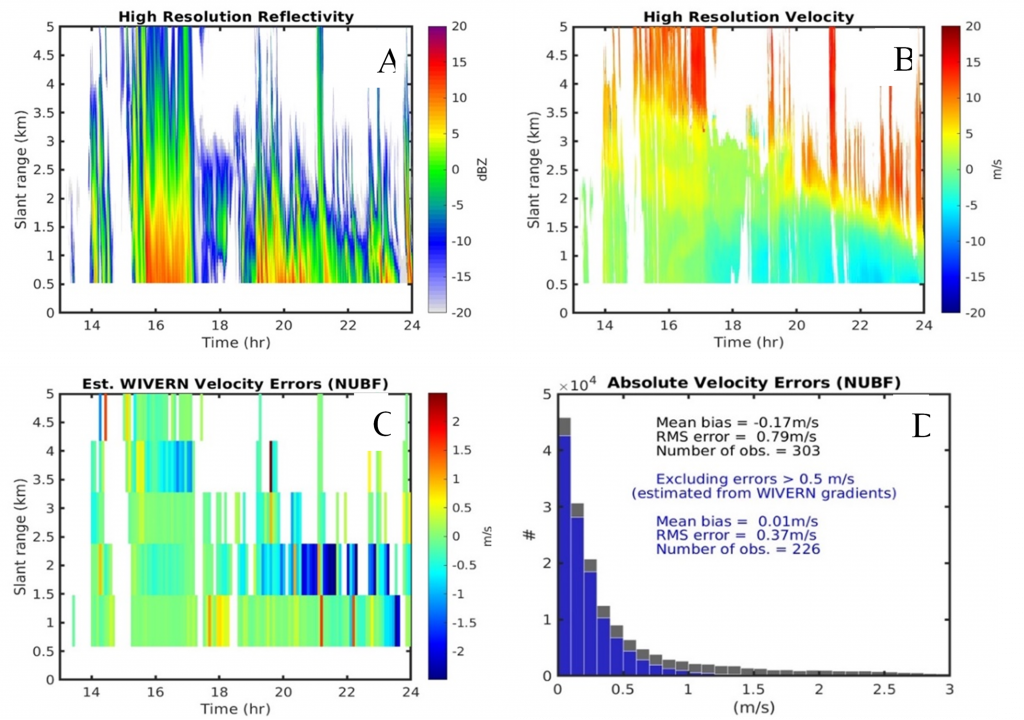Field campaigns
Several ground-based and airborne field campaigns have been performed in support to the WIVERN concept in the last five years.
Airborne Campaigns
The WIVERN airborne proof-of-concept and subsequent enhancement of the science readiness level of the WIVERN concept were conducted in North America in 2016-2018 and 2022-2023, spanning large geographical areas (Wolde et. al, 2019, Battaglia et al. 2017). A large historical database of W-band Doppler radar data collected in diverse geographical regions, including the tropics, has been also conducted using RASTA radar.
1) In 2016, the National Research Council of Canada Airborne W-band radar (NAW) was upgraded to a Polarization Diversity Pulse Pair (PDPP) mode. After the NAW was upgraded and integrated on the NRC Convair-580 (Figure 1) to operate a PDPP mode, over 30 flights were conducted in the last five years.
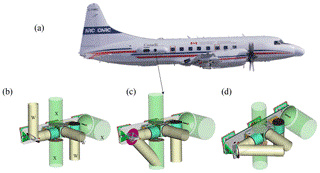
Data collected during several flights have been used:
- To quantify the surface darkening at WIVERN incidence angles (Fig2, Battaglia et al., 2017);
- To study the impact of ghosts on Doppler velocity estimates (Fig.3, Wolde et al., 2019);
- To confirm that PDPP is an effective technique in measuring very high velocity LoS winds with the expected accuracy (Wolde et al., 2019).
- To quantify IWC retrievals from W-band reflectivity using both near-coincident airborne W-band reflectivity and in-situ microphysical measurements (Nguyen et. al., 2023).
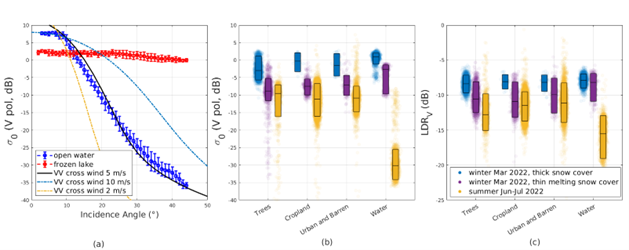
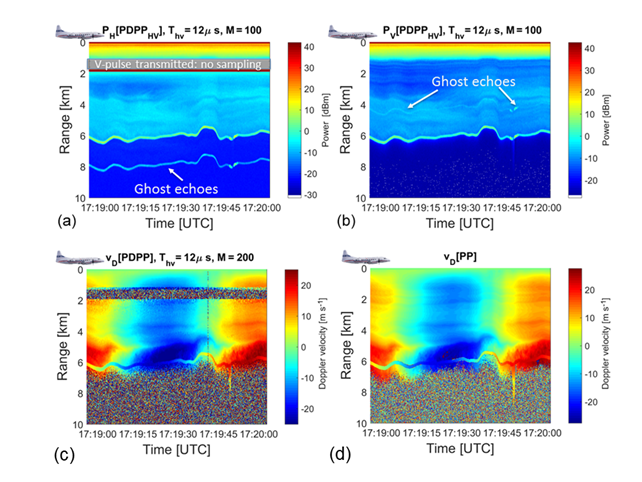
2) The French RASTA airborne W-band radar (https://rali.aeris-data.fr, Delanoë, 2013) retrieves the 3D in-cloud wind by combining independent Doppler velocity measurements from the multi-beam antenna system and measures associated reflectivities at a high resolution (between 100 m and 300 m horizontally and less than 60 m vertically). This enables to simulate the reflectivities and Doppler LoS velocities as observed by WIVERN and thus to study the impact of different effects (e.g. convective motions, hydrometeor terminal velocities) in the reconstruction of the horizontal line-of-sight winds (see example in Figure 4).
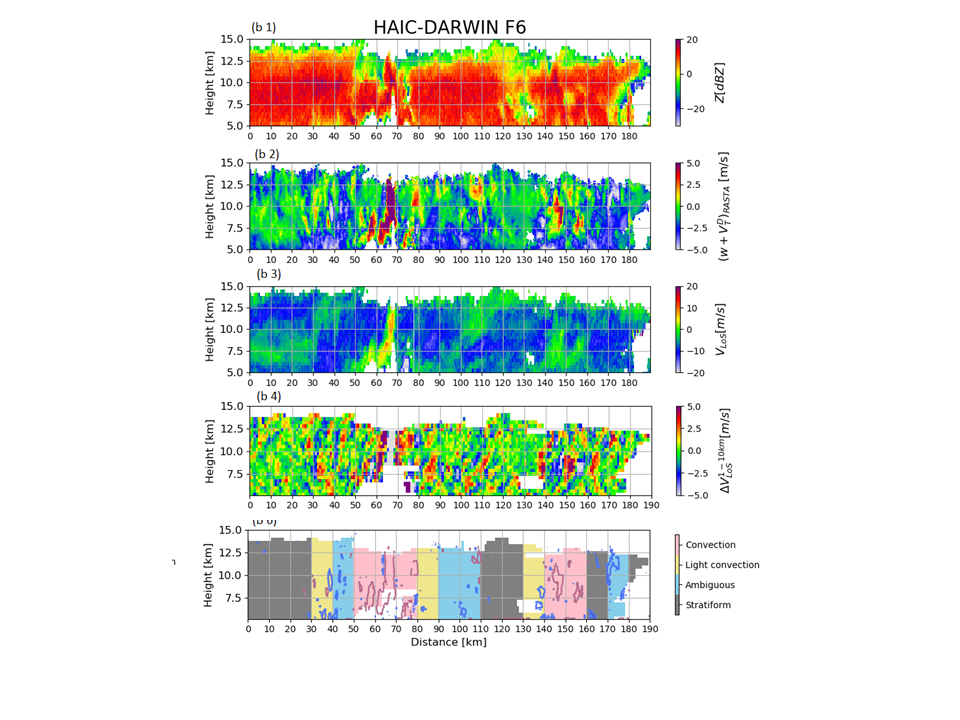
Ground-based campaigns
The Galileo W-band radar at the Chilbolton observatory has also been upgraded to polarization diversity capabilities. Observations have been useful to characterize climatological values of LDR, to understand potential errors associated with strong wind shear conditions (Fig.5) and to confirm that the theoretical treatment of the effect of ghost in increasing the RMS error of the Doppler is correct (Illingworth et al., 2018).
